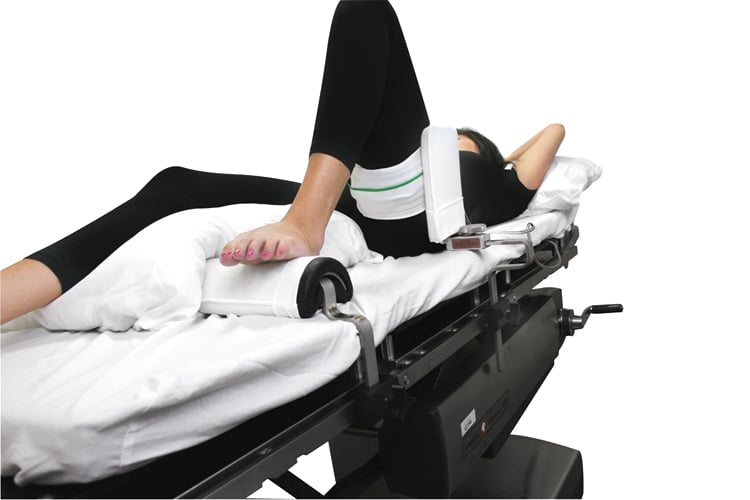
The Biggest Advantages of Using Patient Positioning Devices For Surgery
 Every surgeon knows that certain surgeries require more enhanced tools for the best experience. For example, patient positioning devices for surgery tend to be necessary for keeping optimal productivity levels and improving outcomes in the operating room.
Every surgeon knows that certain surgeries require more enhanced tools for the best experience. For example, patient positioning devices for surgery tend to be necessary for keeping optimal productivity levels and improving outcomes in the operating room.
With more image-guided protocols in place, it has become imperative for surgeons and surgery centers to invest in patient positioning devices. Ensuring excellent positioning brings a number of benefits to patient care.
The Benefits of Patient Positioning Devices for Surgery
You’ll find that the biggest benefits of patient positioning devices include superior access to the target area during surgery, as well as surgical comfort. Other benefits include preventing the risks and injuries of improper positioning such as respiratory issues, circulatory problems, neurological damage, and pressure ulcers.
Patients will have a better posture, which can reduce pressure and post-operative pain for those going under anesthesia. Decreasing pressure will bring significant benefits such as lower healthcare costs associated with pressure ulcers, shorter hospital stays, and less discomfort for the patient.
Generally, efficiency within the operating room is also improved due to these devices. These tools are meant to offer the surgeon more accuracy when completing an operation as well as saving time for the healthcare workers inside an operating room.
The Different Types of Surgical Positioning Devices and their Advantages
Depending on each posture position and target area, there are at least four different types of patient positioning devices for surgery. These four types include:
- The Hip Grip
- The Arm Grip
- The Knee Grip
- The Leg Grip
When patients are lying on their side with one leg directly over the bottom leg, using the hip grip tends to have the best outcomes. The hip grip is built specifically for patients lying in the lateral position.
The biggest benefits of the hip grip is decreased time spent in surgery and its ability to handle multiple body types. This specific positioning device comes with a foam pad and a pelvic support bracket.
The arm grip supports a patient’s forearm during surgery. This can also greatly reduce the amount of time it takes a surgeon to complete the operation. Along with being used for the lateral surgical position, the arm grip is also beneficial for supine and prone positions. Multiple positioning options is a major benefit of the arm grip. It is also a flexible and durable product that comes with a support rod and an arm strap.
The knee grip allows a surgeon and his or her team to focus on the surgical procedure instead of the patient’s knee position. The benefits of the knee grip include its compatibility with all industry standard operating room tables as well as its flexibility with a range of body types.
The leg grip is meant to position the lower legs and can be used for different surgeries such as hip, foot, or knee surgeries. It makes surgical preparation quick and simple while accommodating a variety of body types.
Patient positioning devices for surgery have made a very positive impact on this industry.




